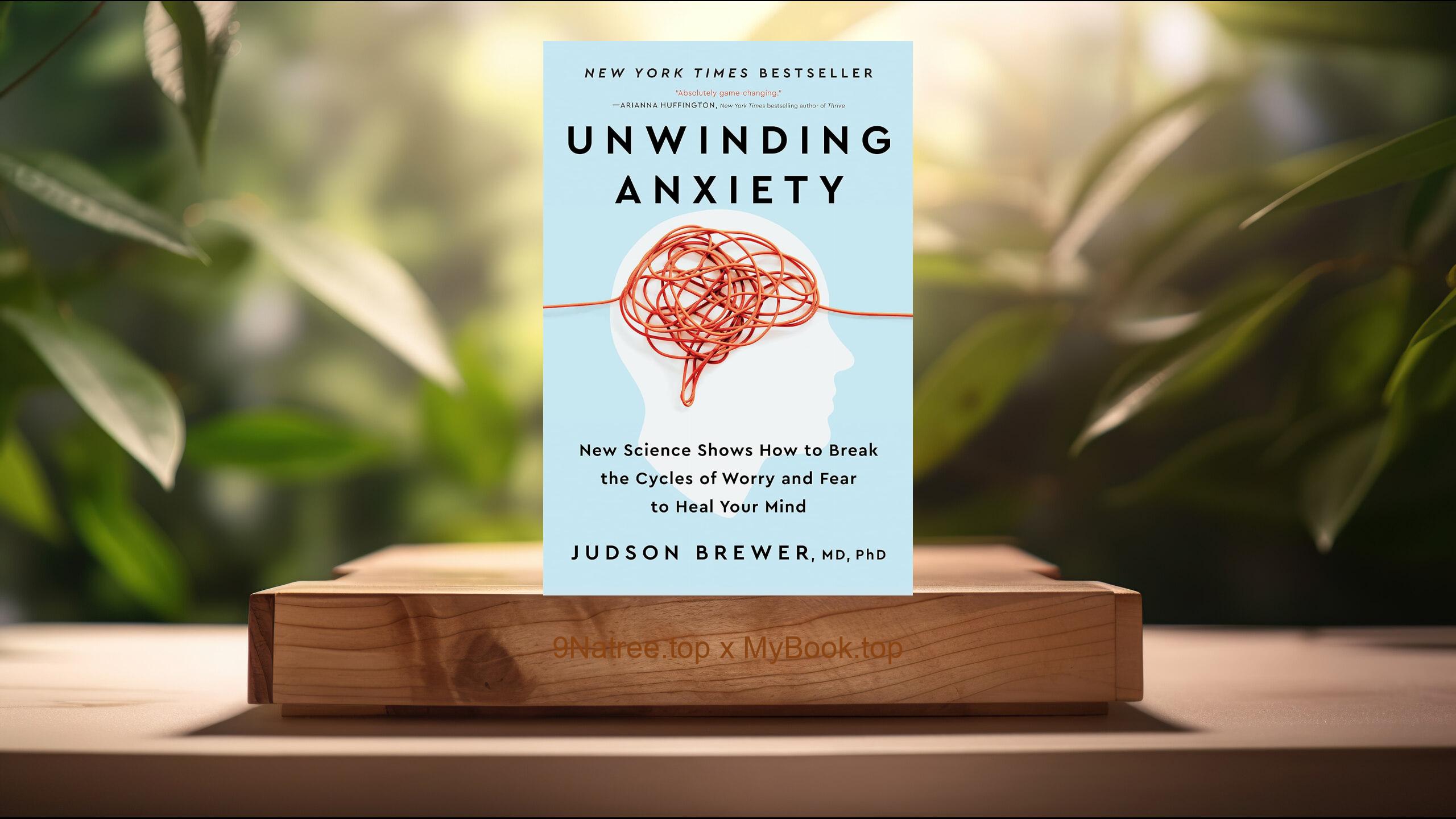Show Notes
- Amazon Books: https://www.amazon.com/dp/B085RVPZH9?tag=9natree-20
- Apple Books: https://books.apple.com/us/audiobook/how-to-read-people-like-a-book-a-guide-to/id1514637121?itsct=books_box_link&itscg=30200&ls=1&at=1001l3bAw&ct=9natree
- eBay: https://www.ebay.com/sch/i.html?_nkw=How+to+Read+People+Like+a+Book+James+W+Williams+&mkcid=1&mkrid=711-53200-19255-0&siteid=0&campid=5339060787&customid=9natree&toolid=10001&mkevt=1
- Read more: https://mybook.top/read/B085RVPZH9/
#BodyLanguage #EmotionalIntelligence #InterpersonalCommunication #ReadingPeople #NonVerbalCues #CommunicationSkills #SocialDynamics #Empathy #HowtoReadPeopleLikeaBook
These are takeaways from this book.
Firstly, The Basics of Body Language, Body language is the unspoken element of communication that we use to reveal our true feelings and emotions. James W Williams begins by introducing readers to the foundational aspects of reading body language. He covers the importance of understanding postures, gestures, facial expressions, and eye movements. Williams explains how these physical signals can offer more insights into someone’s thoughts and feelings than their words alone. This section serves as a primer, setting the stage for more advanced concepts, demonstrating how subtle shifts in posture or eye contact can indicate confidence, discomfort, or even deception. The author emphasizes that by becoming more attuned to these signals, one can significantly improve their interpersonal communications.
Secondly, Decoding Emotional Expressions, Emotions drive human behavior, and our faces are the canvas on which they are often painted most vividly. Williams delves into the complex world of emotional expressions, detailing how emotions like happiness, sadness, anger, and fear manifest physically. He explores the universal expressions shared across cultures, as defined by scientists like Paul Ekman, and how to distinguish between genuine emotions and those that are feigned. Readers learn strategies for recognizing and interpreting these emotional cues. This understanding allows for more empathetic interactions and the ability to anticipate how others may react in various situations, an invaluable skill in both personal and professional relationships.
Thirdly, Understanding Intentions and Motivations, Beyond the basics of body language and emotional expressions, Williams teaches readers how to read between the lines to discern underlying intentions and motivations. This segment focuses on the subtleties of communication, such as the timing of gestures, the congruence of verbal and non-verbal cues, and the context surrounding an interaction. By providing practical examples and exercises, Williams helps readers develop a keen eye for the often-overlooked details that reveal what someone is truly thinking and feeling. This skill is particularly vital in negotiations, where understanding the other party's true desires can lead to more favorable outcomes, or in detecting deception.
Fourthly, The Power of Empathic Connection, Empathy—a deep, intuitive understanding of others' feelings and perspectives—is at the heart of effective communication. Williams emphasizes the role of empathy in reading people and connecting with them on a meaningful level. He guides readers through the process of developing their empathic abilities, from active listening to mirroring techniques, and shows how these can lead to more rewarding and authentic connections. This section reinforces the idea that understanding others goes beyond merely interpreting their words or actions; it involves genuinely connecting with their experiences and emotions. This skill can enhance personal relationships, foster collaboration, and build trust in various social and professional settings.
Lastly, Practical Applications and Real-Life Scenarios, Williams ensures that the insights provided in 'How to Read People Like a Book' are not just theoretical but are grounded in practical application. This final section ties together the concepts discussed throughout the book with real-life scenarios and actionable advice. From navigating workplace dynamics to improving family relationships, readers learn how to apply their knowledge of body language, emotional expressions, and empathic connection in everyday situations. Additionally, Williams offers tips on how to practice and refine these skills, emphasizing that, like any other skill, reading people is something that improves with time and experience. Through engaging anecdotes and exercises, this section empowers readers to put their newfound knowledge to use and see immediate improvements in their interactions.
![[Review] How to Read People Like a Book (James W Williams) Summarized](https://episodes.castos.com/660078c6833215-59505987/images/1770893/c1a-085k3-qxjzn29gc9v2-9y8qdp.jpg)




